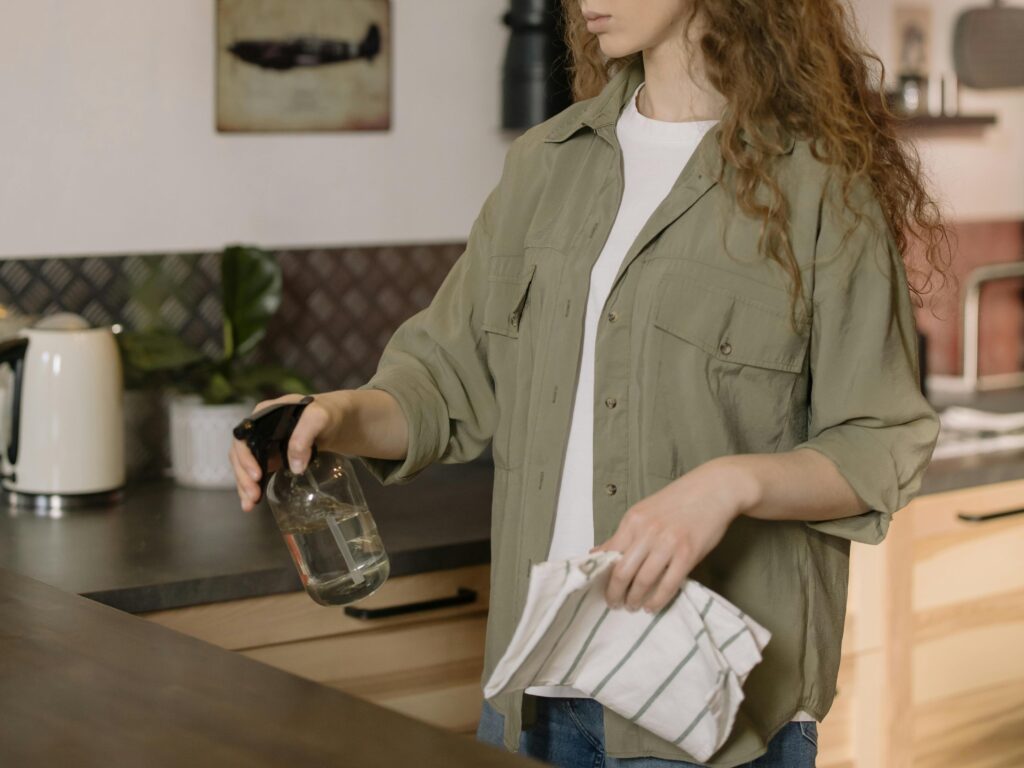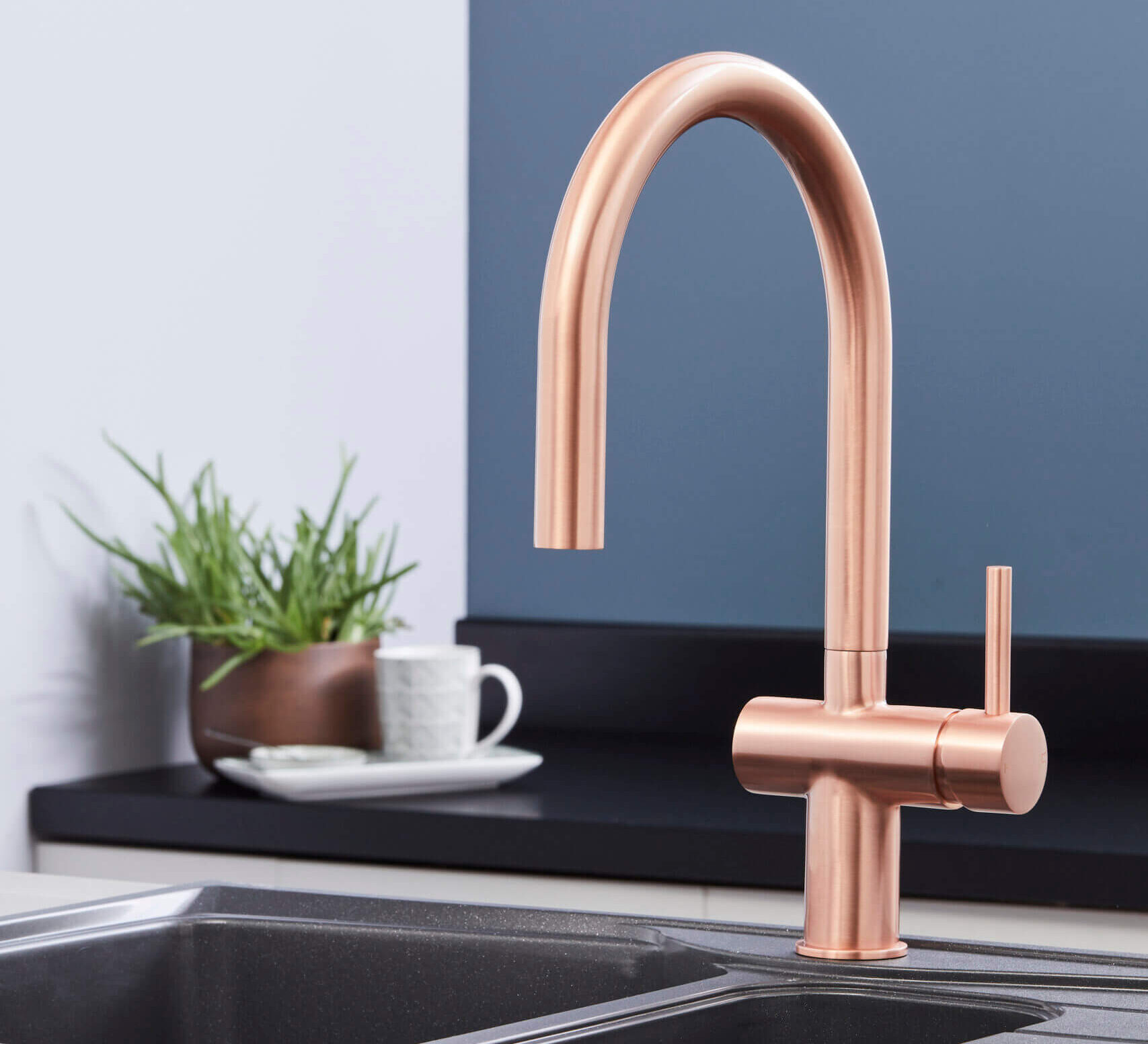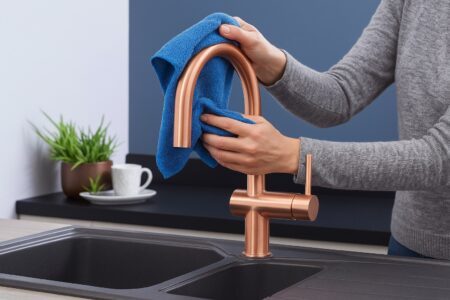Essential Tips for Keeping Your Brushed Copper Taps Gleaming—Without Damaging the Finish

If you invested in a brushed copper tap to elevate your kitchen, you know how its warm, distinctive finish can instantly give your space a sophisticated edge. But here’s the catch: nothing ruins that signature look faster than water spots, streaks, or—worse—accidental scratches from a cleaning shortcut. For anyone who’s admired their tap one week, only to see it dulled by the next, this guide is your answer to lasting brilliance.
The All-Too-Common Mistake: Why Brushed Copper Taps Lose Their Shine
Brushed copper taps aren’t like standard chrome hardware. Their beautiful finish owes its distinctive, slightly matte look to a delicate surface treatment—not raw metal—making them more vulnerable to harsh chemicals or abrasive pads. Kitchens see a constant swirl of water, soap, splashes, and fingerprints. Too many owners reach for aggressive sprays or scouring cloths, believing more muscle means more shine. The result? Micro-scratches, loss of colour, and a tap that ages before its time.
It’s surprisingly easy to undo months of careful craftsmanship in a few careless seconds. Finishes like copper are celebrated for classic appeal and their ability to reinvent the way your kitchen looks, but only if they’re properly cared for.
The Smarter Way: Gentle Cleaning, Smart Prevention, Lasting Style
Rather than stripping the finish trying to achieve a showroom gleam, a strategic routine preserves the brushed look and keeps maintenance minimal. The right approach uses non-abrasive tools, common gentle cleaners, and a few easy habits to prevent damage in the first place. Unlike the old-school methods that work for stainless steel or plastic, caring for a brushed copper tap means understanding its surface and protecting its unique beauty—no polish, no heavy chemicals, no buffing required.

Here’s the routine every brushed copper tap owner needs:
Wipe Down Daily With Microfibre
The simplest way to clean brushed copper taps? A dry, soft microfibre cloth. After each use (or at least daily), wipe away water droplets, fingerprints, and splashes. This stops mineral build-up and keeps the finish streak-free—no cleaners necessary for day-to-day shine.
Use pH-Neutral Soap for Weekly Cleans
Once a week, dampen your cloth with warm water and a drop of mild, pH-neutral dish soap. Gently wipe the tap, focusing on areas around the spout and handles where grime accumulates. Rinse by wiping again with a cloth dampened with plain water, then dry thoroughly. Avoid any citrus, vinegar, or ammonia-based products—they can erode the protective layer.
Never Use Abrasive Pads or Powders
Forget steel wool, scrubbing sponges, or powdered cleansers. Brushed copper finishes are easily scratched, and abrasives will dull or even remove the top layer. Stick to microfibre cloths or new, soft cotton towels.
Address Stubborn Stains—Don’t Panic
For any marks that remain, like splashback smudges or light limescale, soak a soft cloth in a solution of warm water and a little pH-neutral soap. Lay it gently over the spot to loosen the residue, then wipe clean. Never scrape at the mark; patience preserves the finish.
Dry Everything Immediately
Copper surfaces are prone to water spotting. That’s why the final—and arguably most important—step is thorough drying with a clean cloth. Neglecting this step is a main reason even the best copper kitchen mixer tap starts looking tired.
Prevent Problems With Habit
Encourage everyone in the household to wipe down the tap after use. If you live in a hard water area, consider installing a water softener or using distilled water for cleaning—mineral deposits are enemy number one for copper finishes.
Inspect Regularly, Act Swiftly
Every couple of weeks, check your tap for changes in colour or finish. If you catch water spots or residue early, they’re much easier to fix than neglected stains. Quick action preserves the tap’s character and stops problems before they set in.
Objections Answered: “Do I Really Need Special Care?” and “Can’t I Polish It Like Regular Copper?”
You might wonder why brushed copper taps need a different approach from a polished copper bowl or a rugged stainless steel sink. The answer: that signature brushed texture depends on the integrity of the finish. Over-cleaning, polishing, or using aggressive substances can erase the unique look you chose copper for in the first place.

It’s also tempting to reach for common copper polishes or DIY lemon-vinegar solutions, but these are made for raw copper—not copper with a protective coating. Brushed copper taps, especially those with high-quality treatments like those from our collection, require only gentle cleaning to maintain their lustre.
Takeaways for Brushed Copper Tap Owners
- Stick to soft cloths, gentle soap, and water—never abrasive products—when you clean your brushed copper tap.
- Develop a habit of quick daily wipe-downs and immediate drying to dodge water spots and stains.
- Treat your brushed copper tap like a design centrepiece: regular, gentle care means long-lasting beauty.
A brushed copper tap isn’t just another kitchen fixture—it’s a statement piece. With just a few minutes of mindful care (and the right habits), you’ll keep your copper sink tap looking as distinctive and elegant as the day you installed it. Check out our guide to lighting your kitchen to match your copper fixtures.
Ready to pick the perfect tap for your kitchen? Explore our full collection of copper taps, or contact our expert team for more information.